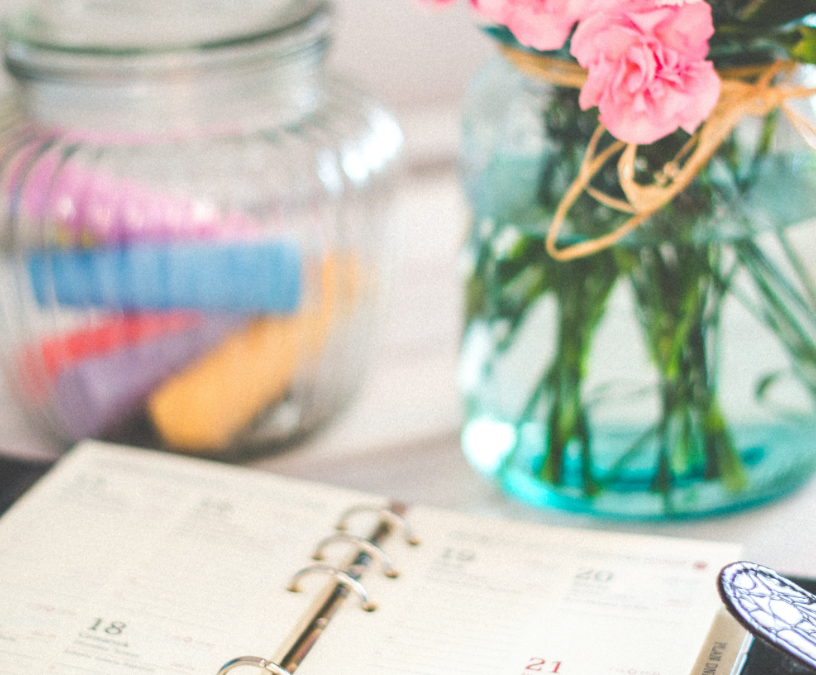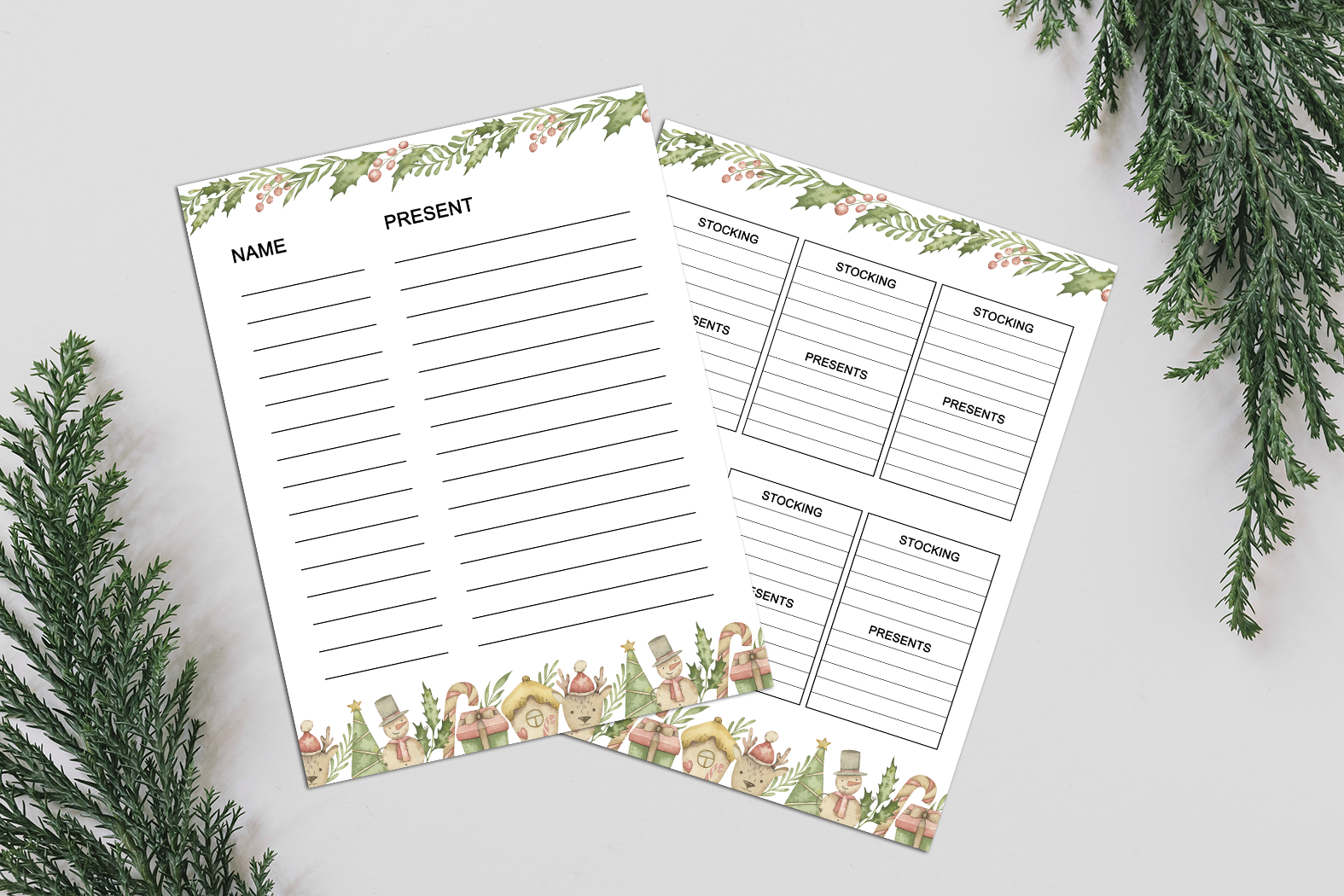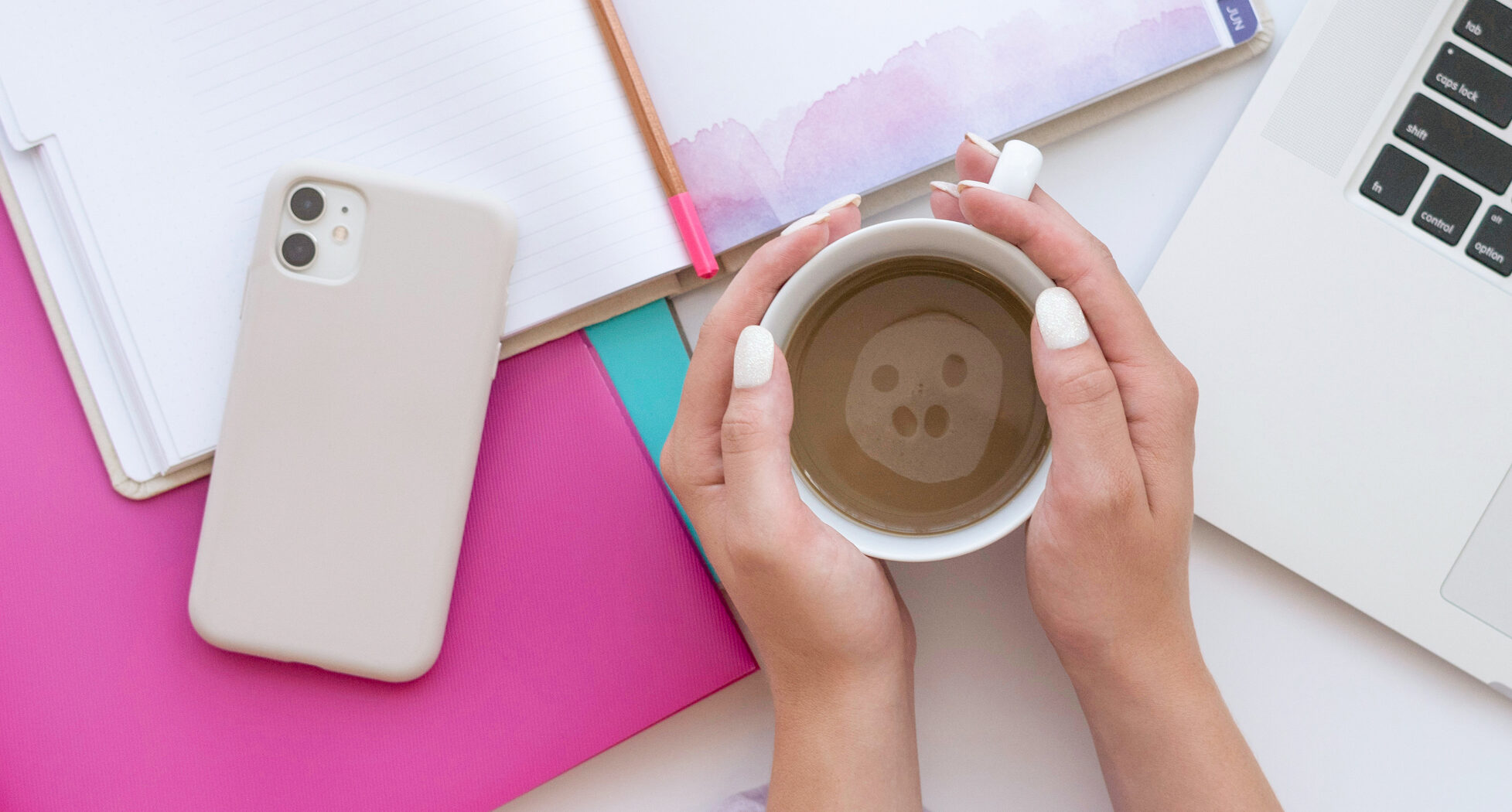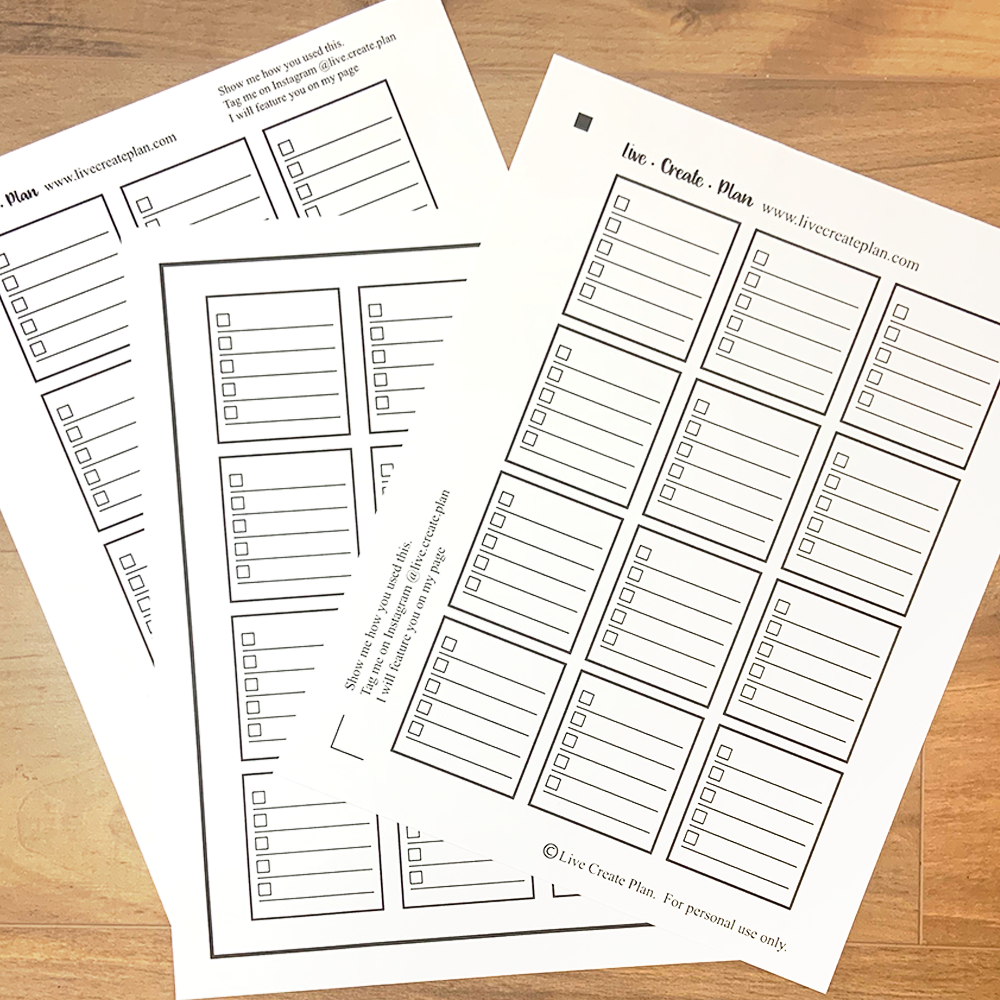What is Planning?
Planning is putting actions and tasks behind goals and objectives. Most of us work from some of sort of plan every day. Routines are tasks we do every day that was born from a plan and a goal. Consider a simple morning routine: the purpose of a morning routine is to get up and start the day on a positive note.
When I started to design my life using some sort of daily planner, I noticed that I got much more the important things that mattered to me done and could prioritize my day much better. It is surprising how much can be accomplish when putting pen to paper with thought and purpose.
“A dream without a plan is just a wish” —
The Essentials
To get started on planning, the first steps is to acquire a planner – of course. For most beginners, a simple dated planner with monthly and weekly layouts is a good start. Amazon has some great planners at a decent price. I am partial to the Bloom Daily Planners. They have many different options at a reasonable price.
Here are some options that should be considered:
- Should have year, month and week/daily pages
- Should not be too big or too small. Something in the 7” by 9” range works well for most.
- Are you a teacher, mom or student? Most planner companies have planner that are specific to those niches.
- Is there something that you want to track? Some planner have trackers that can be very helpful.
- If unsure of what would work, choose an undated planner. They are normally less is price and not so much of a financial commitment.
My best advice is to choose something simple with a few goal setting and note pages that will help you get your thoughts organized.
Second thing needed is a good pen. Look for a nice gel pen – black, blue – whatever color you would like to write in your planner. Using a nice writing utensil will make all the difference. Below are my two favorites:
- Tul Retractable Pens: – These fine point black pen write like a dream and have a rubberized grip to make writing easy and smooth.
- PILOT Precise V5 Pens – Less expensive than the Tul, but writes just as well.
Not recommended are Sharpies and most felt tip pens. They will bleed to the other side of the paper.
Have My Planner, Now What?
So now that a new planner is in hand, what is next? The basic set up, of course. Set aside an hour to set up the new planner. Go through each month and write the important dates, birthdays, and appointments.
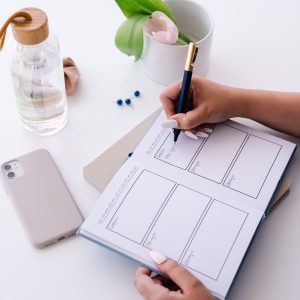 Once the initial set up of the planner is completed, start planning the current month:
Once the initial set up of the planner is completed, start planning the current month:
- What three things you would like to accomplish or do this month?
- Write them down.
- Break each one down into manageable tasks.
- Give each task a start and end date.
- Write the date and the corresponding tasks in your monthly calendar.
For example, it’s your child birthday and you will be hosting a party for them. What are all the things that need to be done? Getting invitations, sending them out, buying the party supplies, ordering the cake …. Each one the above tasks need to be stared and finished by a certain date. Write down the task and the date in your planner.
Once all the above dates are entered into the monthly calendar, move on to planning the week. When planning the week:
- Write in all the important dates, birthdays, appointments
- Write down work schedule, school schedule and children’s activities.
- Then schedule in the tasks from above for this week. If possible, assign them a time when they will be accomplished each day.
Every morning, check the planner/schedule for important tasks that need to be done. At the end of the day, review what has been accomplished. If a task was schedule and not completed, question why. It is OK to reevaluate your scheduled tasks and day. Look at what needs to be accomplished tomorrow and revise, if necessary.
I have created a free 11 page planning worksheet/workbook that goes more into depth in setting goals and tasks for the year, month and day. Download it below:

